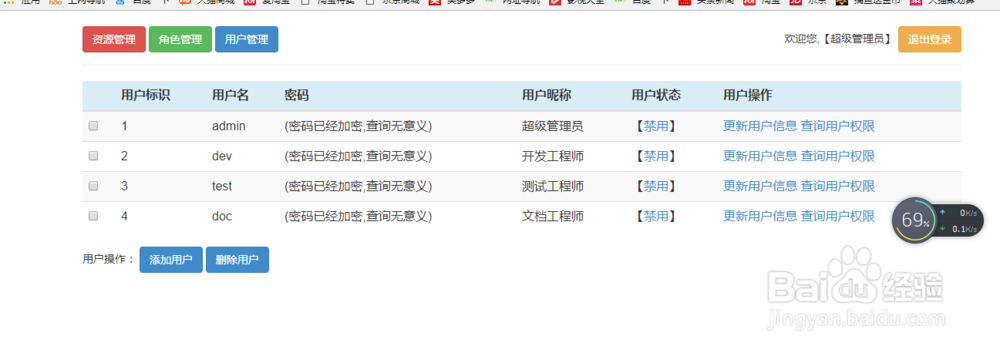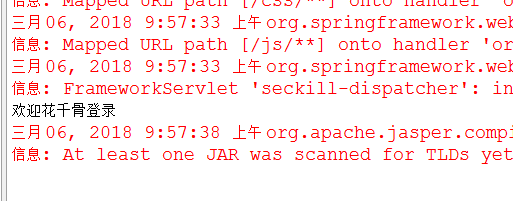java中相对路径与绝对路径的区别
1、在jsp页面中发送请求时;直接写请求地址,他是相对与当前请求地址发送相对路径,就是最后/后面得数据改变;
<form action="loginSuccess.do" method="post" class="form form-horizontal" id="form-article-add">

2、 <div class="row cl"> <label class="form-label col-xs-4 col-sm-2"><span class="c-red">*</span><b>购买人电话:</b></label> <div class="formControls col-xs-8 col-sm-5"> <input type="text" class="input-text" value="" placeholder="请填写购买人电话" id="phone" name="phone" /> <p class="blow_text">请确保与手机号码准确,否则会影响后期奖品领取. </div> </div>

3、if(u!=null){ System.out.println("拦截器验证登录"); return true; } String local = request.getServerName()+":";//:获取服务器名,localhost; int dk = request.getServerPort();//:获取服务器端口号,8080; response.sendRedirect("dealer_login.do"); return false;
拦截器中得重定向,也是相对于当前路径下得相对路径;

1、获取根路径<el>表达式,${pageContext.request.contextPath}
<from method="psot" enctype="multpart/form-data">文件上传

2、<frameset rows="50px,94%"><!--rows上下--><frame src="header.do" scrolling="no"></frame> <frameset cols="180px,90%"><!--cols左右--> <frame class="b" src="parameter_nav.do" scrolling="no" ></frame> <frame src="welcome.do" name="_showInfo"></frame> </frameset></frameset>

3、<% String path = request.getContextPath(); String basePath = request.getScheme() + "://" + request.getServerName() + ":" + request.getServerPort() + path + "/";%>

4、 <img class="one" src="../images/u10.png" style="position:;left:20px;margin-left: 60px"></img> <span class="f-18"> <b>基本信息</b></span><br />
